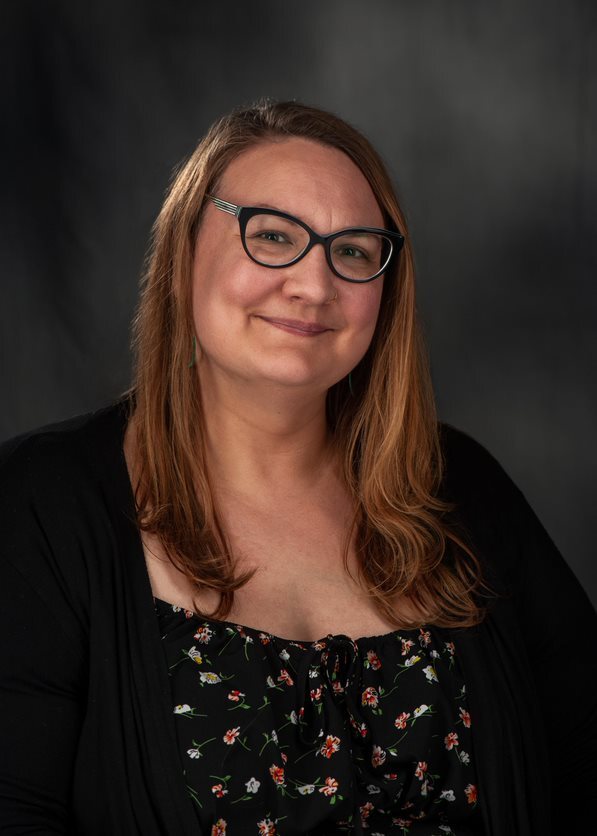 Principal Investigator
Principal Investigator
Dr. Christie Bahlai
Associate Professor, Kent State University, Department of Biological Sciences, 2023-
Co-Director, Environmental Science and Design Research Institute 2023-
Assistant Professor, Kent State University, Department of Biological Sciences, 2017-2023
Ph.D. University of Guelph, 2012, Environmental Biology
Mozilla Fellow for Science 2015-2016
Christie Bahlai is a computational ecologist who uses approaches from data science to help solve problems in conservation, sustainability, and ecosystem management. She combines a background in physics and organismal ecology with influences from the tech sector and conservation NGOs to address problems in population ecology. She likes insects, information theory, and practical answers to complex questions. Her current research focusses on developing tools to support information synthesis in temporal ecology.
Christie has strong interests in social justice in science, and believes that directly addressing diversity issues through technology and culture change benefits both scientists and science. She teaches a course called Reproducible Quantitative Methods that touches on many of these topics.
Google Scholar | Blog | Twitter | GitHub | CV (9-18-2020)
Staff
 Dr. Katie McNamara Manning
Dr. Katie McNamara Manning
Research Development Postdoctoral Scholar, Environmental Science and Design Research Institute 2023-
Ph.D. Kent State University, 2023, Ecology and Evolutionary Biology
B.S. Michigan State University, 2016, Environmental Biology/Zoology
Katherine (Katie) McNamara Manning is a postdoc at Kent State’s Environmental Science and Design Research Institute (ESDRI). In this role she coordinates and serves as mentor for the ESDRI undergraduate fellows program, administers grants, and develops and conducts research within the institute and the Bahlai lab, with a focus on place based research. Katie is also an accredited Green Roof Professional.
Prior, she conducted her doctoral research in the Bahlai lab studying insect ecology in managed systems, with a focus on investigating the effect of frame-of-reference on scientific findings, especially in terms of insect collection methodology. Her work explored this with field work on green roofs and natural analogs, novel ground-dwelling insect trap creation, and insect biodiversity monitoring trap comparisons utilizing short and long-term datasets.
Visit Katie’s Website or connect on LinkedIn
Dr. Tom Franzem
Postdoctoral Scholar, Department of Biological Sciences, 2023-
Ph.D. The University of Alabama, 2023, Biological Sciences
B.S. State University of New York College at Oneonta, 2017, Biological Sciences
Dr. Thomas (Tom) Franzem is a postdoctoral research associate in the department of Biological Sciences, with a research focus on insect conservation and ecology, as well as investigating patterns that emerge when data is collected under different methodologies. Tom conducted his dissertation research in the Ferguson lab at the University of Alabama (UA), where he produced work aimed at addressing insect declines via grassland restoration, biodiversity monitoring, and population genetics. Specifically, Tom modeled the impacts of restoration practices and land-cover on scarab and carabid beetle occupancy and abundance in a unique and endangered southeastern prairie ecosystem, developed a rapid, structured survey methodology to efficiently produce biodiversity data, and collected a uniquely distributed longhorn beetle, Tetraopes texanus, across its’ range and defined its’ population structure. While pursuing his PhD, Tom also helped found and lead The Conservation Biology Society at UA, organized several symposia at the annual meetings of the Entomological Society of America, engaged in countless outreach and education events, and founded a locally successful rock-band.
Graduate Students

Christian Bullion
Ph.D. Candidate, Kent State University, Department of Biological Sciences, 2018-
B.S. The University of Virginia’s College at Wise, 2018, Biology
Christian’s research focuses on using citizen science to answer broader questions regarding the distribution, abundance, phenology and natural history of odonates (damselflies and dragonflies). She is currently analyzing factors impacting usage and accuracy of citizen science, with particular interest in underserved and/or rural regions. Her broad research interests include biostatistics, entomology, and wetland ecology. Christian received her BSc from the University of Virginia’s College at Wise, where she studied Biology.

Lama Tawk-Cota
Ph.D. Candidate, Kent State University, Department of Biological Sciences, 2019-
M.L.A. Kent State University, 2019, Landscape Architecture
M.S. American University of Beirut, 2014, Environmental Sciences
In her current research at the Bahlai Lab, Lama explores through text mining the intricacies of green roof ecosystems and landscape designs, exploring their potential to inspire and enhance the functionality of urban ecological systems. With a background in landscape architecture and environmental sciences, Lama is pursuing her doctoral studies to advance science within design practice. Moreover, she is working closely with the Novel Ecology and Design Lab. Born in the United States, she has resided and practiced ecological landscape design in California, Lebanon, Saudi Arabia, and Ohio. She is the proud member of the World Bank’s Women for Resilient Cities Network and a Landscape Architecture Foundation Olmset Scholar. Having spent her childhood on the beaches and ski slopes of California and Lebanon, thinking about how her hometowns are changing due to climate change keeps her up at night.
Connect with Lama on LinkedIn or GitHub
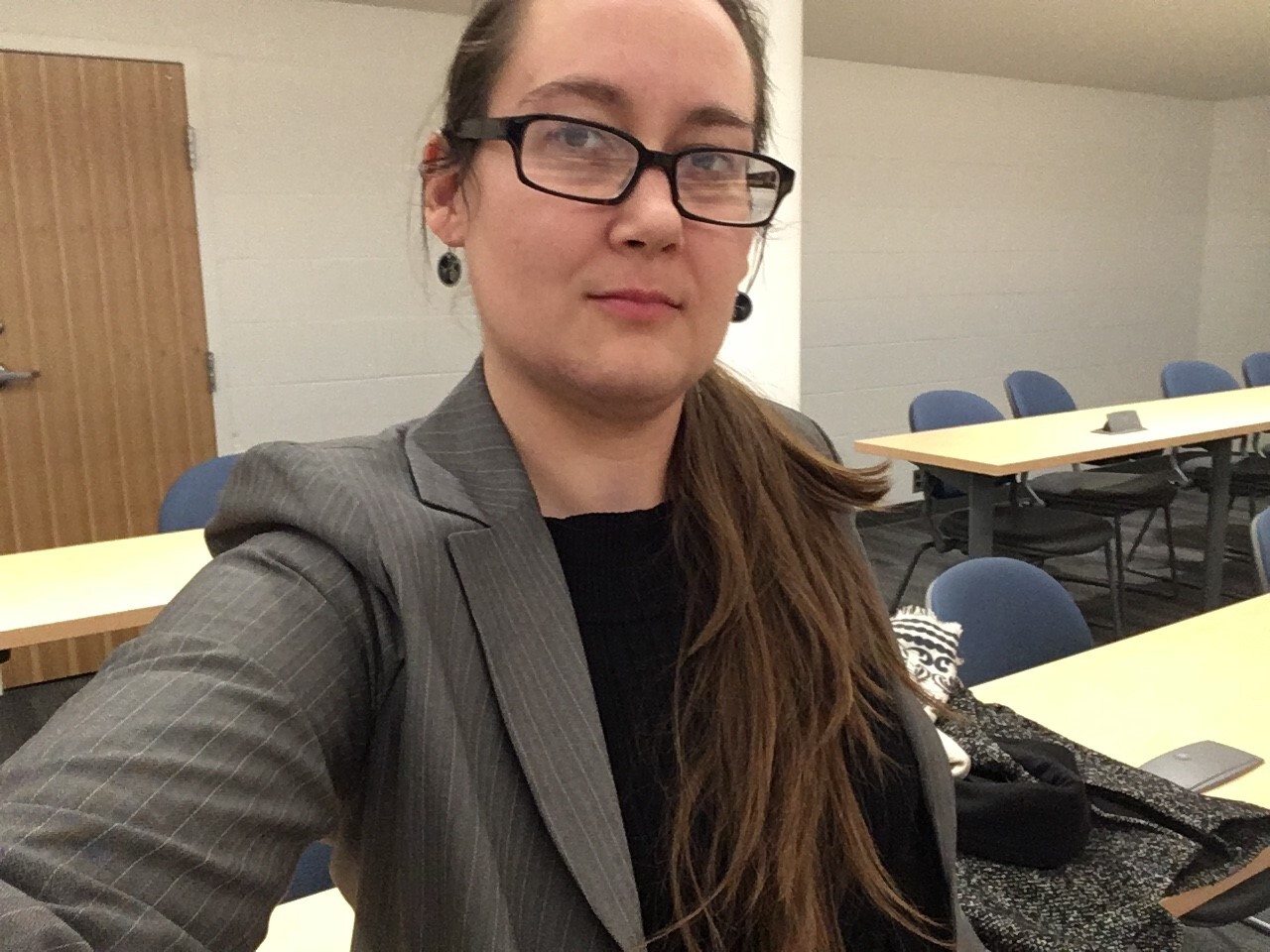 Rebekah Jones
Rebekah Jones
Ph.D. Candidate, Kent State University, Department of Biological Sciences, 2019-
M.A. Gordon-Conwell Theological Seminary, 2016, Religion
B.S. Cedarville University, 2011, Environmental Science
Rebekah focuses on researching restoration management techniques and how they can be more effective and efficient. The FoSTER project in Cuyahoga Valley National Park is where most of this research takes place, as sites in the park were previously mined and left to recover naturally. While it has been a lot of work, there are signs that management techniques such as ripping compacted soil are leading to better growth and survivorship for trees planted on the site. Other restoration management techniques that Rebekah is studying include different types of soil amendments and soil inoculation with the symbiont mycorrhizal fungi that is present in nearly all plant roots. Rebekah is a Northeast Ohio native, having grown up in Solon and worked in several local environmental science related jobs, including the Cleveland Museum of Natural History, Holden Arboretum, Cleveland Metroparks, and the Cuyahoga Valley Environmental Education Center.
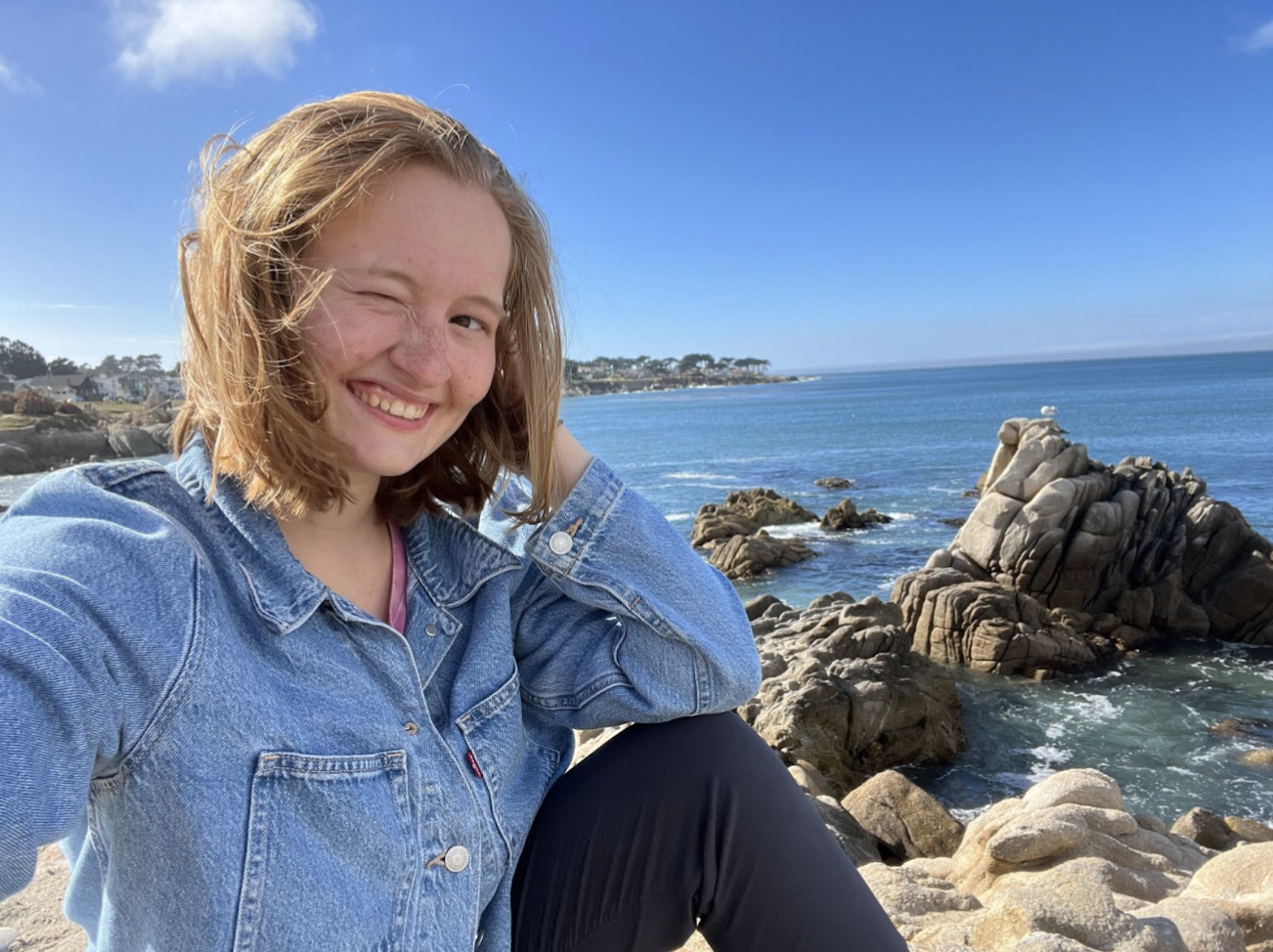 Kathryn Grage
Kathryn Grage
M.S. Student, Kent State University, Department of Biological Sciences, 2022-
B.A. University of Richmond, 2022, Mathematics and Environmental Studies
Kathryn is fascinated by the impact that insects have on ecological processes and even their ability to become dominant ecological forces in environments. Because of this, she is passionate about studying insect populations as a means of understanding their ecology and their responses to disturbances.
Kathryn is currently a masters student in the Bahlai Lab using her background in mathematics to understand ecological systems computationally and specifically how data availability and ecological study lengths impacts the ability to observe accurate biological trends. Her current project is aimed towards understanding the synchrony of time series data between trophic levels in different types of systems.
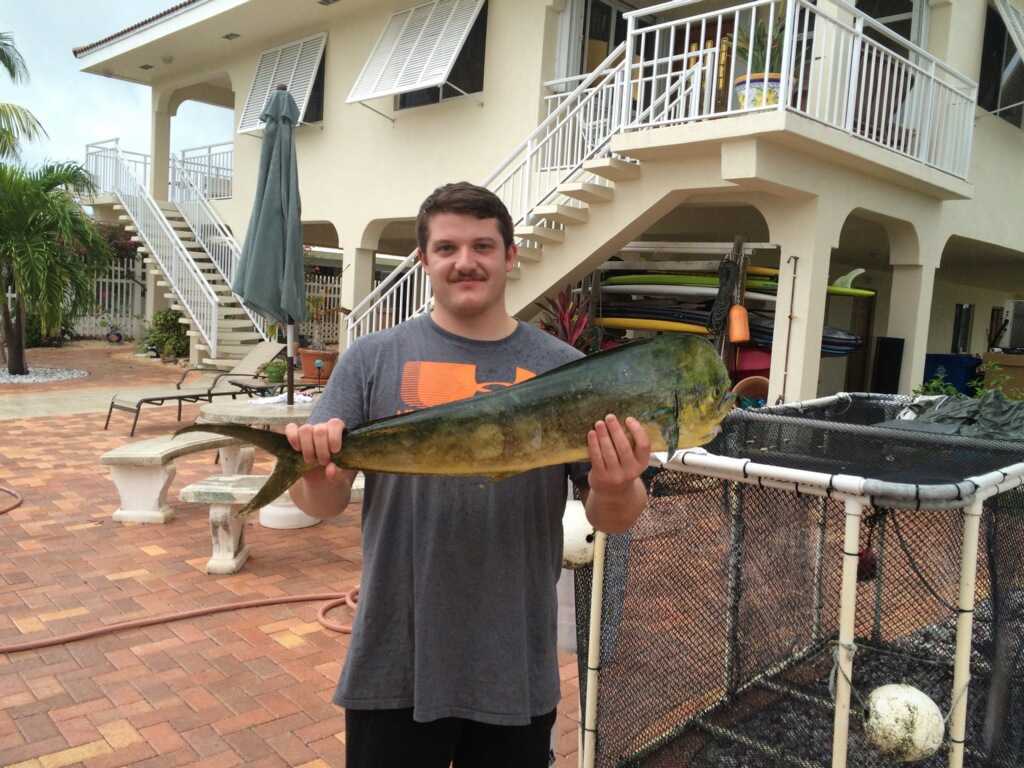 Robert Boyd
Robert Boyd
M.S. Student, Kent State University, Department of Biological Sciences, 2023-
B.S. Kent State University, Conservation Biology
Robert’s research primarily revolves around exploring innovative methods in insect identification and comparison. The focus of his current projects is on the application of game cameras and audio to detect and classify various insect species. This approach is set against the backdrop of traditional techniques like sweep netting and pitfall traps, commonly utilized in entomology. By integrating these modern tools with conventional methods, his work seeks to enhance our understanding of insect populations and behaviors. Robert’s academic journey in biology has been driven by a keen interest in blending technological tools with biological research to offer new perspectives in the study of insects.
Read about Robert’s work in Kent State Today
Undergraduate Students
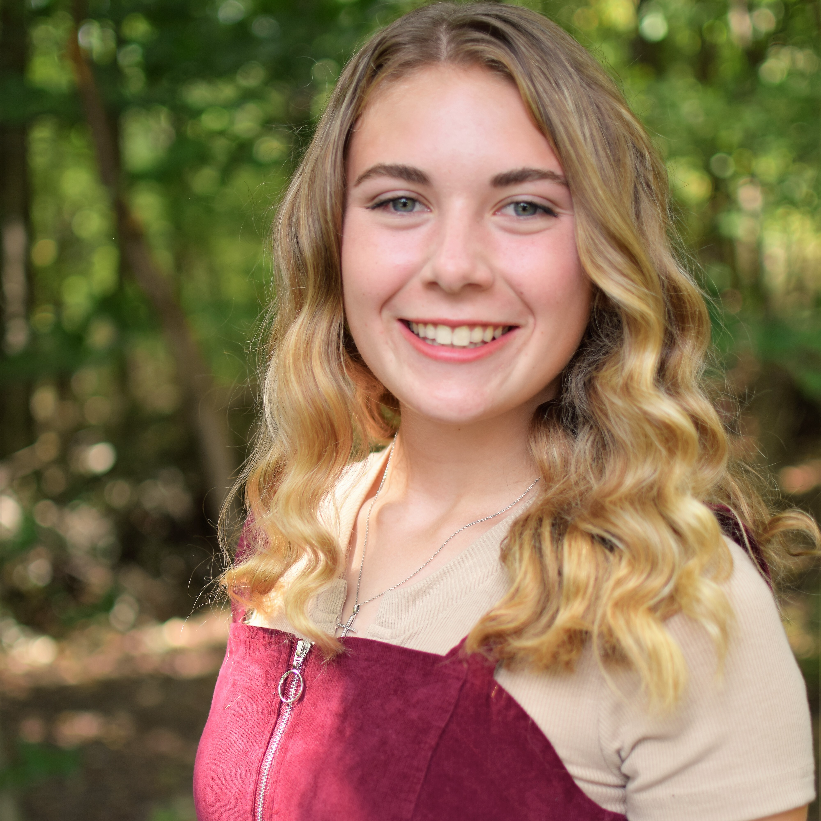 Stephanie Petrycki
Stephanie Petrycki
Zoology, Kent State University
Projects: bird building collisions; urban insect biodiversity; long-term research sticky card comparison
Drew Davis
Environmental Studies and Organismal Biology, Kent State University
Project: insect density estimation using Convolutional Neural Network and images
Julie Gaetano
Environmental and Conservation Biology, Kent State University
Project: insect density estimation using Convolutional Neural Network and images
Maggie Campbell
Kent State University
Project: ectomycorrhizal colonization of trees from commercial nurseries
Emma Murphy
Kent State University
Project: monitoring campus insects
Seth Nolte
Kent State University
Project: worm populations of disturbed and compacted soils
Abby McCullough
Kent State University
Project: green roof design guidelines in major US cities
Jasmine Caldwell
Kent State University
Project: green roof design guidelines in major US cities
Simarjeet Singh
Kent State University
Project: Cuyahoga Valley National Park soil experiment
Sophia Carmichael
Kent State University
Project: monitoring campus insects
Sophia Rogers
Social Work, Kent State University
Project: insect density estimation using Convolutional Neural Network and images
Kaylin Hall
Kent State University
Project: insect density estimation using Convolutional Neural Network and images; Cuyahoga Valley National Park soil experiment
High School Student Grace Chen
Grace Chen
Solon High School
Projects: green roof design guidelines in major US cities; long-term research sticky card comparison; campus bees

